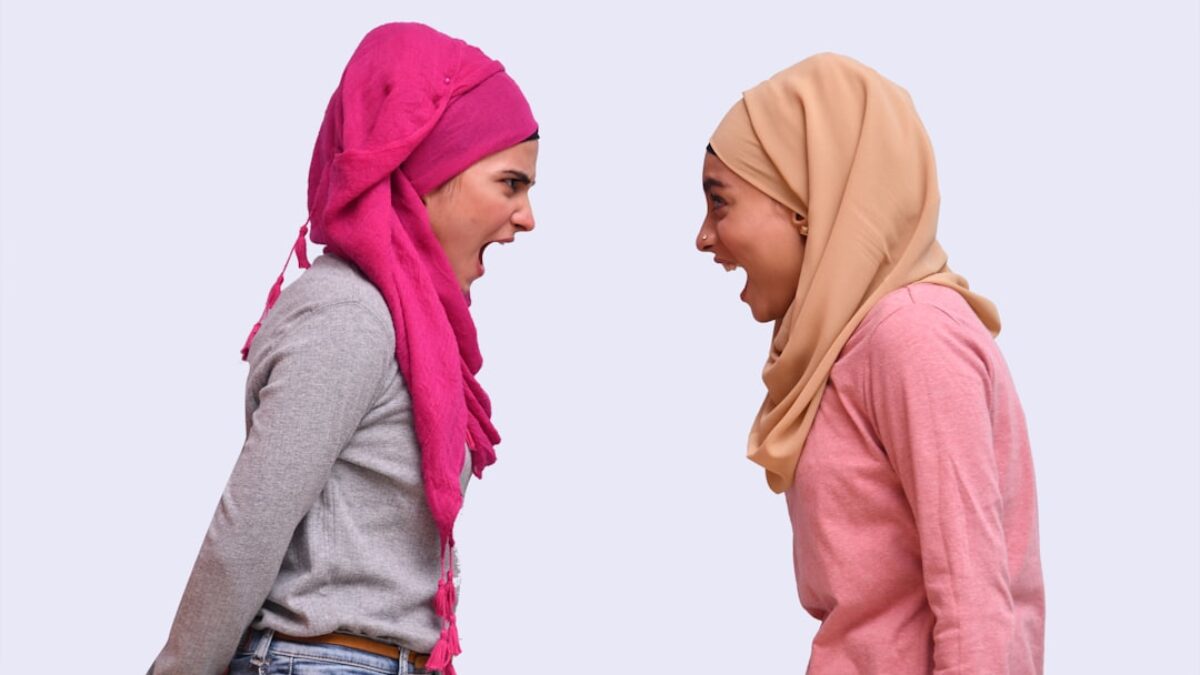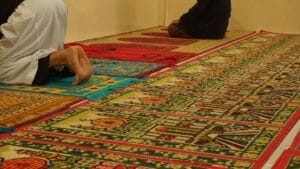Sustainable fashion has emerged as a transformative movement within the apparel industry, challenging traditional production models and consumer behaviors. As environmental concerns intensify and ethical consciousness grows, this approach to clothing design, manufacturing, and consumption offers a viable path toward reducing fashion’s ecological footprint while promoting social equity. This comprehensive exploration delves into the multifaceted world of sustainable fashion, examining its principles, practices, benefits, and practical applications for consumers and industry stakeholders alike.
Understanding Sustainable Fashion
Sustainable fashion represents a holistic approach to apparel creation that prioritizes environmental stewardship, social responsibility, and economic viability throughout a garment’s lifecycle. At its core, it addresses the interconnected challenges of resource depletion, pollution, labor exploitation, and waste accumulation plaguing conventional fashion systems. This paradigm shift recognizes that clothing is more than a commodity—it’s a cultural expression with profound planetary implications.
The Evolution of Conscious Consumption
The roots of sustainable fashion can be traced to the 1960s counterculture movement and early eco-activism, but gained significant momentum in the 1990s with growing awareness of industrial pollution. The 2013 Rana Plaza factory collapse in Bangladesh, which killed over 1,100 garment workers, became a pivotal moment that exposed the human cost of fast fashion. Since then, consumer demand for transparency and accountability has surged, driving brands to adopt more ethical practices. Today, sustainable fashion encompasses diverse philosophies—from minimalist slow fashion to radical circularity—united by a commitment to reducing harm and regenerating systems.
The Fast Fashion Crisis
Conventional fashion operates on a linear “take-make-dispose” model characterized by:
- Mass production of low-quality garments using synthetic materials
- Exploitative labor practices in developing nations
- Excessive water and chemical consumption
- Landfilling of 92 million tons of textile waste annually
- Greenhouse gas emissions exceeding international shipping and aviation combined
This extractive system prioritizes profit over people and planet, creating what the Ellen MacArthur Foundation terms an “economic dead end” for resources.
Rise of Ethical Consumerism
Today’s fashion-conscious consumers increasingly evaluate purchases through multiple lenses:
- Environmental impact: carbon footprint, water usage, biodegradability
- Social equity: fair wages, safe working conditions, community development
- Economic transparency: supply chain visibility, ethical sourcing
- Durability: timeless design, quality craftsmanship
This shift has transformed sustainability from a niche interest to a market differentiator, with 66% of global consumers willing to pay more for sustainable brands (Nielsen, 2023).
Key Components of Sustainable Fashion
Sustainable fashion integrates several interconnected principles that redefine industry standards and consumer expectations.
Sustainable Materials Innovation
The foundation of eco-friendly apparel lies in responsible material sourcing:
- Organic fibers: Grown without synthetic pesticides or fertilizers, reducing water pollution by 98% compared to conventional cotton
- Recycled synthetics: RPET (recycled polyester) from plastic bottles reduces energy use by 59% versus virgin polyester
- Regenerative agriculture: Materials like hemp and linen that restore soil health and sequester carbon
- Agricultural waste utilization: Piñatex (pineapple leaf fiber) and Orange Fiber (citrus byproducts) transform waste into luxury textiles
These alternatives minimize resource depletion while maintaining performance and aesthetics.
Ethical Manufacturing Processes
Conscious production addresses both human and environmental welfare:
- Clean dyeing: Waterless dye technologies that eliminate toxic chemical runoff
- Solar-powered facilities: Factories utilizing renewable energy to reduce carbon footprint
- Zero-waste pattern cutting: Innovative design techniques that eliminate fabric scrap
- Living wages: Compensation ensuring workers can meet basic needs beyond legal minimums
- Worker safety protocols: Regular safety audits and transparent grievance mechanisms
These practices ensure that “sustainable” encompasses both ecological and human dimensions.
Circular Fashion Economy
The circular model challenges disposability by designing waste out of the system:
- Design for disassembly: Modular garments allowing easy repair and component replacement
- Take-back programs: Brands collecting used items for recycling or resale
- Rental and subscription services: Extending garment lifespans through shared ownership
- Biodegradable materials: Fabrics that safely return to soil at end-of-life
- Upcycling innovation: Creative transformation of waste materials into new products
This approach captures value while reducing virgin resource extraction by up to 70%.
Supply Chain Transparency Technologies
Digital tools revolutionize accountability:
- Blockchain: Immutable records tracking materials from farm to finished garment
- QR codes: Consumers scanning labels to access supplier information and impact data
- Audited certifications: Third-party verifications like Fair Trade, GOTS, and B Corp
These technologies democratize information, enabling informed purchasing decisions.
Benefits and Importance
The adoption of sustainable fashion generates profound positive impacts across environmental, social, and economic domains.
Environmental Regeneration
Sustainable practices directly address fashion’s most damaging impacts:
- Water conservation: Organic cotton farming uses 91% less water than conventional methods
- Carbon reduction: Industry-wide transition to renewables could cut emissions by 50% by 2030
- Waste elimination: Circular models could prevent 149 million tons of textile waste by 2030
- Biodiversity protection: Reduced chemical pollution protects aquatic ecosystems and pollinators
- Soil regeneration: Regenerative farming practices restore degraded land and sequester carbon
These benefits contribute to global climate goals while preserving natural capital for future generations.
Social Equity Advancement
Ethical fashion transforms producer conditions:
- Economic empowerment: Fair wages increase worker purchasing power by 20-50%
- Community development: Premium pricing funds education, healthcare, and infrastructure
- Gender equity: 80% of garment workers are women; ethical practices support economic independence
- Cultural preservation: Traditional craft techniques gain renewed economic value
These advances align with UN Sustainable Development Goals, particularly Decent Work and Economic Growth (SDG 8).
Personal Health and Well-being
Sustainable choices benefit individual consumers:
- Chemical reduction: GOTS-certified fabrics eliminate skin irritants from toxic dyes
- Quality over quantity: Durable garments reduce exposure to microplastic shedding
- Mindful consumption: Reduced purchase frequency fosters appreciation for clothing
- Toxicant-free materials: Eliminates endocrine disruptors from synthetic fabrics
These factors contribute to both physical health and psychological satisfaction.
Economic Resilience
Sustainable models enhance industry viability:
- Cost efficiency: Reduced water/energy use lowers operational expenses
- Innovation drivers: Circular economy creates $4.5 trillion business opportunities (Ellen MacArthur Foundation)
- Brand loyalty: Sustainability-focused consumers show 73% higher retention rates
- Risk mitigation: Diversified supply chains reduce vulnerability to disruptions
These advantages position sustainability as both ethical and economically rational.
Practical Applications
Consumers and industry players can implement sustainable fashion principles through concrete actions and strategies.
Building a Conscious Wardrobe
Personal transformation begins with intentional consumption:
ol> Audit existing clothing: Catalog items and identify gaps based on lifestyle needs Adopt the 30-wear rule: Purchase only items you imagine wearing at least 30 times Prioritize versatile basics: Invest in high-quality neutral pieces that mix-and-match Embrace secondhand shopping: Thrifting, vintage stores, and online resale platforms Learn basic mending: Extend garment lifespans through simple repairs Organize clothing swaps: Exchange items with friends to refresh without purchasing
These practices cultivate a “capsule wardrobe” mentality, reducing average annual purchases from 68 to 20-30 items.
Supporting Ethical Brands
Conscious consumerism requires brand evaluation:
- Research certifications: Look for Fair Trade, GOTS, Cradle to Cradle, and B Corp labels
- Assess material transparency: Check websites for fiber composition and sourcing details
- Examine labor policies: Verify supplier codes of conduct and audit reports
- Prioritize local production: Supporting regional makers reduces transportation emissions
- Join loyalty programs: Reward brands demonstrating consistent sustainability
Resources like Good On Apps and Fashion Revolution’s transparency index aid ethical decision-making.
Circular Fashion Practices
End-of-life management extends garment utility:
- Resale platforms: Sell unworn items on Depop, ThredUp, or Poshmark
- Textile recycling: Donate to H&M or Terracycle for mechanical/chemical recycling
- Upcycling projects: Transform old jeans into bags, t-shirts into cleaning rags
- Rental services: Access special occasion wear through Rent the Runway or Nuuly
- Repair networks: Utilize community repair cafes or brand repair programs
These actions keep textiles in circulation and reduce landfill dependency.
Community Engagement
Individuals can amplify impact through collective action:
- Advocate for policy change: Support Extended Producer Responsibility (EPR) legislation
- Participate in Fashion Revolution Week: Join global campaigns demanding transparency
- Educate peers: Share knowledge about sustainable practices on social media
- Support sustainable fashion events: Attend eco-conscious runway shows and pop-ups
- Volunteer with textile recovery organizations: Help distribute clothing to underserved communities
Frequently Asked Questions
What exactly defines sustainable fashion?
Sustainable fashion encompasses clothing designed, produced, and consumed with minimal environmental impact and maximum social equity. It considers the entire lifecycle—from raw material extraction through end-of-life disposal—and requires meeting














Post Comment